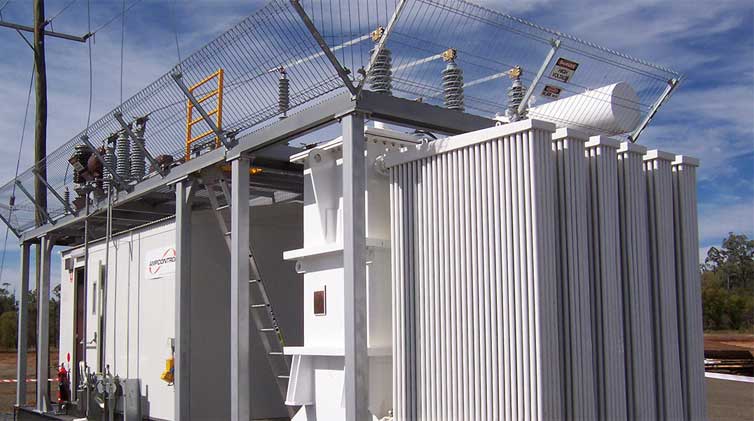What Are the Dry Transformer Cooling Methods?
Ⅰ. What are the advantages of dry-type transformers?
Local illumination, high-rise buildings, airports, docks, CNC machines and equipment, and so on all employ dry-type transformers. Simply described, a dry-type transformer is one that does not have an insulating liquid impregnated core and windings. Dry-type transformers are frequently employed in places with high performance requirements, such as fire protection and explosion-proofing, due to their advantages of strong short-circuit resistance, low maintenance effort, high operational efficiency, small size, and low noise. Dry-type transformers are low-loss, low-noise, have a noticeable energy-saving effect, and are maintenance-free. The dry-type transformer also offers excellent heat dissipation, a high overload capacity, and the ability to run at higher capacities when forced air cooling is used.
Ⅱ. What are the ways for cooling dry-type transformers?
Natural air cooling (AN) and forced air cooling (FAC) are the two types of dry-type transformer cooling technologies (AF). dry-type transformer natural air cooling, under normal operating conditions, the transformer may be operated continuously for a long time at rated capacity. Under typical operating conditions, dry-type transformer forced air cooling Because of the load loss and impedance voltage increase during overload, the transformer's output capacity can be increased by 50%, making it suitable for intermittent overload operation or emergency accident overload operation; however, because of the non-economic operation state, it should not be put in a long-term continuous overload operation.
Both dry-type transformer natural air cooling and forced air cooling require adequate ventilation in the transformer room. When the transformer is situated in a basement or in an area with low ventilation capacity, it must be provided with an additional cooling ventilation equipment. Ventilation can be selected based on the fact that each 1kW loss (PO + PK) requires 24m3 / min air volume.
Jump to Content Sections
Leave a Message
You May Also Like
 English
English  français
français  Español
Español  русский
русский  العربية
العربية  tiếng việt
tiếng việt  Malay
Malay  Indonesia
Indonesia  বাঙালি
বাঙালি 

